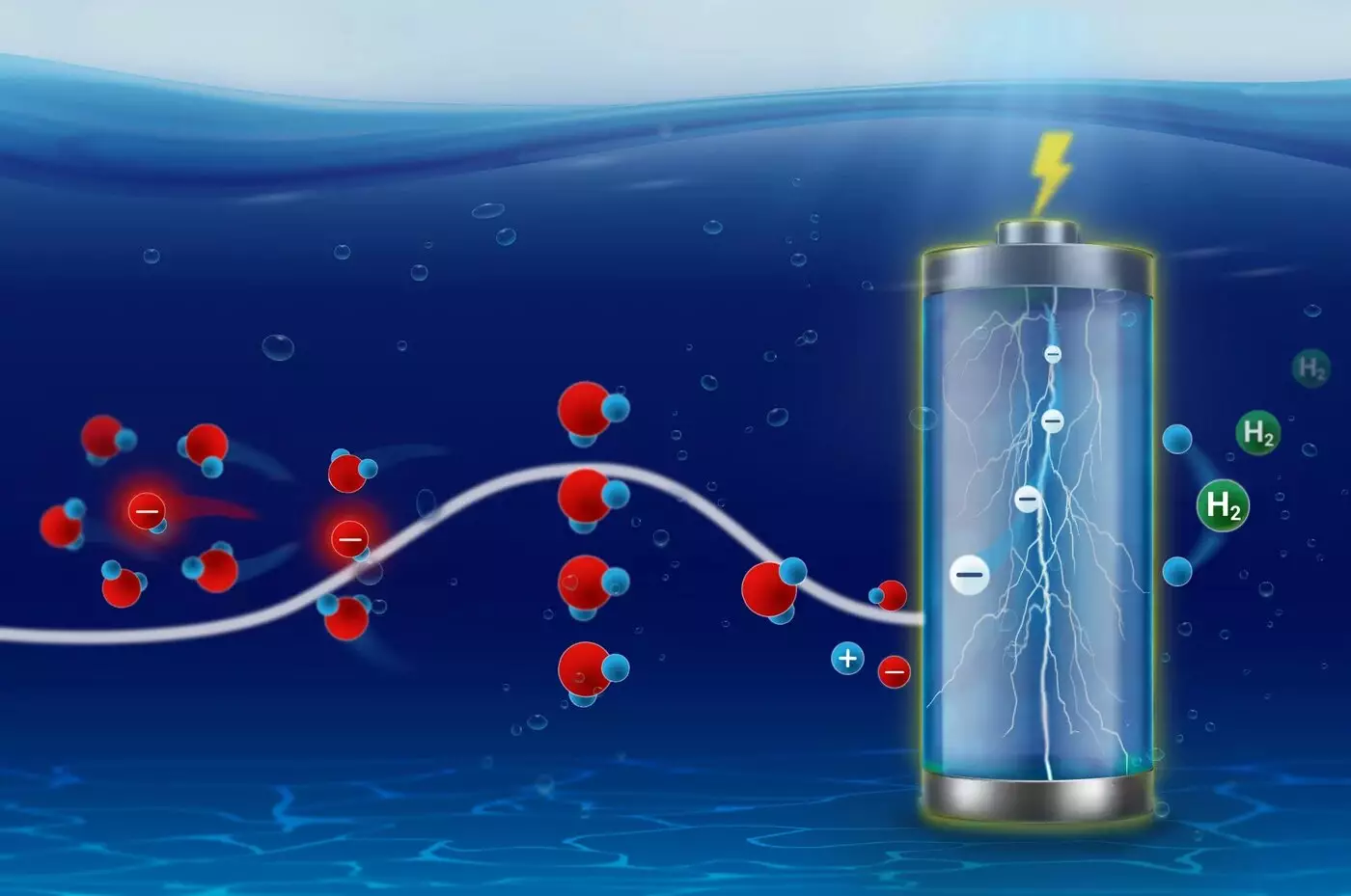The intricate dance of ions in various chemical and biological systems serves a crucial role in applications ranging from energy storage to biochemical signaling. Understanding the factors influencing ion movement can illuminate pathways to improve device efficiency, particularly in the fields of battery technology and electrocatalysis. Recent research from the Interface Science Department at the Fritz-Haber Institute has shed light on the dynamics of ion solvation and its implications for electrocatalytic performance.
At the core of ionic movement lies the concept of the solvation shell—a structured layer of solvent molecules closely surrounding an ion. Before ions can engage in critical processes such as intercalating into battery cathodes or traversing biochemical membranes, they must reorganize their solvation shells. This reorganization is not merely a physical change; it dictates the kinetic behavior of ions, varying according to environmental conditions and material surfaces. By employing advanced experimental techniques, researchers have revealed that the kinetics of this solvation process are influenced by compensatory interactions between activation entropy and enthalpy.
Understanding how these two parameters interact can be likened to navigating a mountain trail. As the elevation increases (representing activation energy barriers), more paths open up, increasing the likelihood of successful ion movement. This analogy captures the essence of the research team’s findings, as it unveils a broader understanding of ion dynamics in complex systems.
Harnessing Kinetic Insights through Advanced Techniques
Utilizing statistical physics alongside the Eyring-Evans-Polanyi equation—fundamental to transition state theory—the researchers from the Fritz-Haber Institute now have the capability to observe ionic interactions at an unprecedented millisecond time resolution. Led by postdoctoral fellow Francisco Sarabia, the study presents a revolutionary method for tracking the solvation kinetics of hydroxide ions at specific surface features of electrocatalysts. Such insights were previously hidden, emphasizing the transformative nature of their work.
The team’s exploration extended to the dynamic interaction of platinum surfaces during ammonia oxidation reactions, dispelling preconceived notions of fixed catalytic behaviors. They recognized that solvation kinetics, far from being a secondary concern, play an indispensable role in determining electrocatalytic activity. Their findings challenge the traditional focus on activation energy, suggesting instead that the fluctuations in activation entropy with varying pH levels can exert profound effects on ion behavior and, consequently, on catalytic performance.
A notable aspect of the research emphasizes the interconnectedness of solid catalyst structures and liquid electrolytes. This relationship is not static; rather, it is a dynamic interplay where alterations in one component can significantly affect the other. Dr. Sebastian Öner, one of the leading authors, articulates a broader narrative emerging from their findings: the local environment surrounding catalysts changes with bias, necessitating a re-examination of how these conditions influence catalytic outcomes.
The implication of this interconnectedness is profound, providing vital insights for the development of more efficient and robust electrocatalysts. By understanding the mechanisms at play, researchers are better equipped to design catalysts that exhibit enhanced activity and selectivity, ultimately leading to higher stability and performance in energy conversion applications.
Future Directions: Bridging Theory and Practice
The research conducted by the Interface Science Department, overseen by Prof. Dr. Beatriz Roldán Cuenya, paves the way for future explorations into the subtle nuances of solvation dynamics within electrocatalysis. The groundbreaking techniques established in this study offer a blueprint for real-time kinetic analysis, capable of being integrated with spectroscopic and microscopic data for a comprehensive understanding of ionic behaviors surrounding catalyst surfaces.
As scientists navigate these unexplored territories of ion kinetics, the findings signal a tremendous potential for the advancements of energy technologies and biochemical devices. By integrating fundamental research with applications in energy sustainability and chemical conversion, this research catalyzes a new era of innovation, shaping the future of electrochemistry.


Leave a Reply